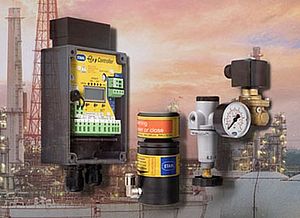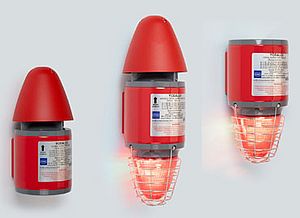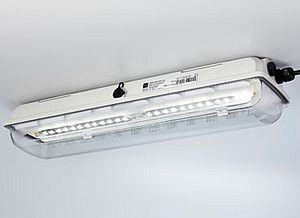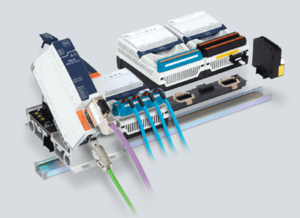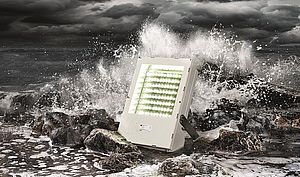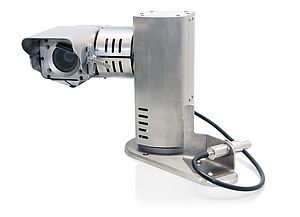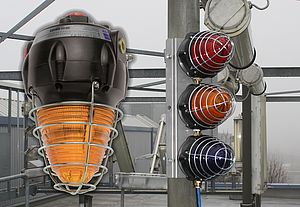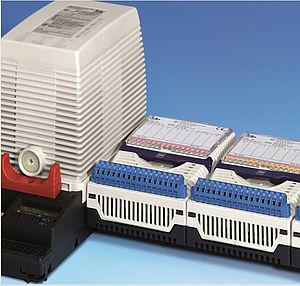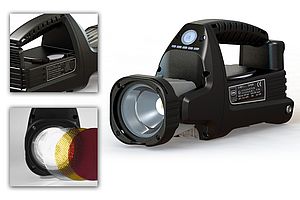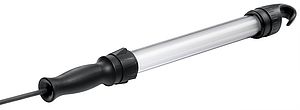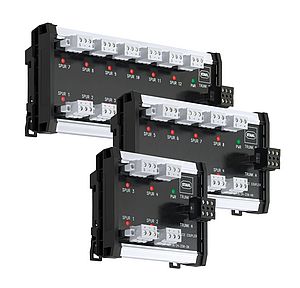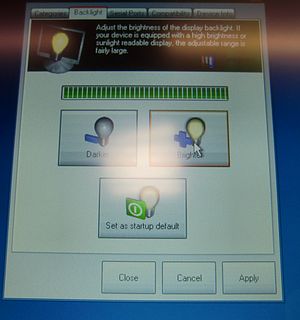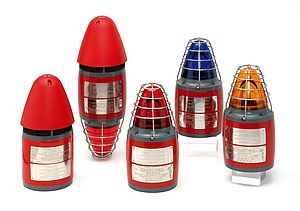Explosion protection expert R. STAHL has developed an innovative air conditioning system specifically for use in hazardous areas. The ExSys Cool 8701 series from R. STAHL ensures reliable air conditioning even in challenging conditions. When working in hazardous areas, it is essential to maintain the right temperature for workers and machinery. Extreme temperatures, be it coldness, heat or high humidity, can lead to malfunctions and drastically reduce productivity. These conditions are especially critical in such environments and can pose serious problems and hazards if adequate air conditioning is not provided.
The ExSys Cool 8701 air conditioning system was developed specifically for use in hazard-ous areas and is suitable for a wide range of applications, including control stations and cabinets (Ex e), shelters and overpressure-encapsulated cabinets (Ex p), analyser rooms, workshop, control and drilling cabins, and containerised solutions for control panels and control technology.
For operation in zone 1 and 2
R. STAHL's ExSys Cool 8701 series provides fully automatic cooling and ventilation around the clock. The system is certified as equipment according to strict ATEX and IECEx standards for use in Zone 1 and Zone 2, ensuring ultimate safety and efficiency. They provide automat-ically adjusted temperatures between +18 °C and +35 °C even in extreme conditions and offer plug-and-play design for straightforward installation without additional configuration.
The ExSys Cool 8701 uses thermal expansion valve technology to ensure constant and automatic cooling. With a cooling capacity of 4 to 6 kW according to EN 14511 L35 L35 and a wide ambient temperature range from -20 to 50 °C (optionally -40 to 50 °C or -20 to 55 °C), it meets the most demanding requirements for HVAC systems. The 4 kW system is delivered as a compact unit (1245 x 600 x 778 mm) for plug-and-play wall mounting with IP 66 degree of protection. Other variants with a capacity of up to 6 kW will soon be available as a packaged model and in a split version.




